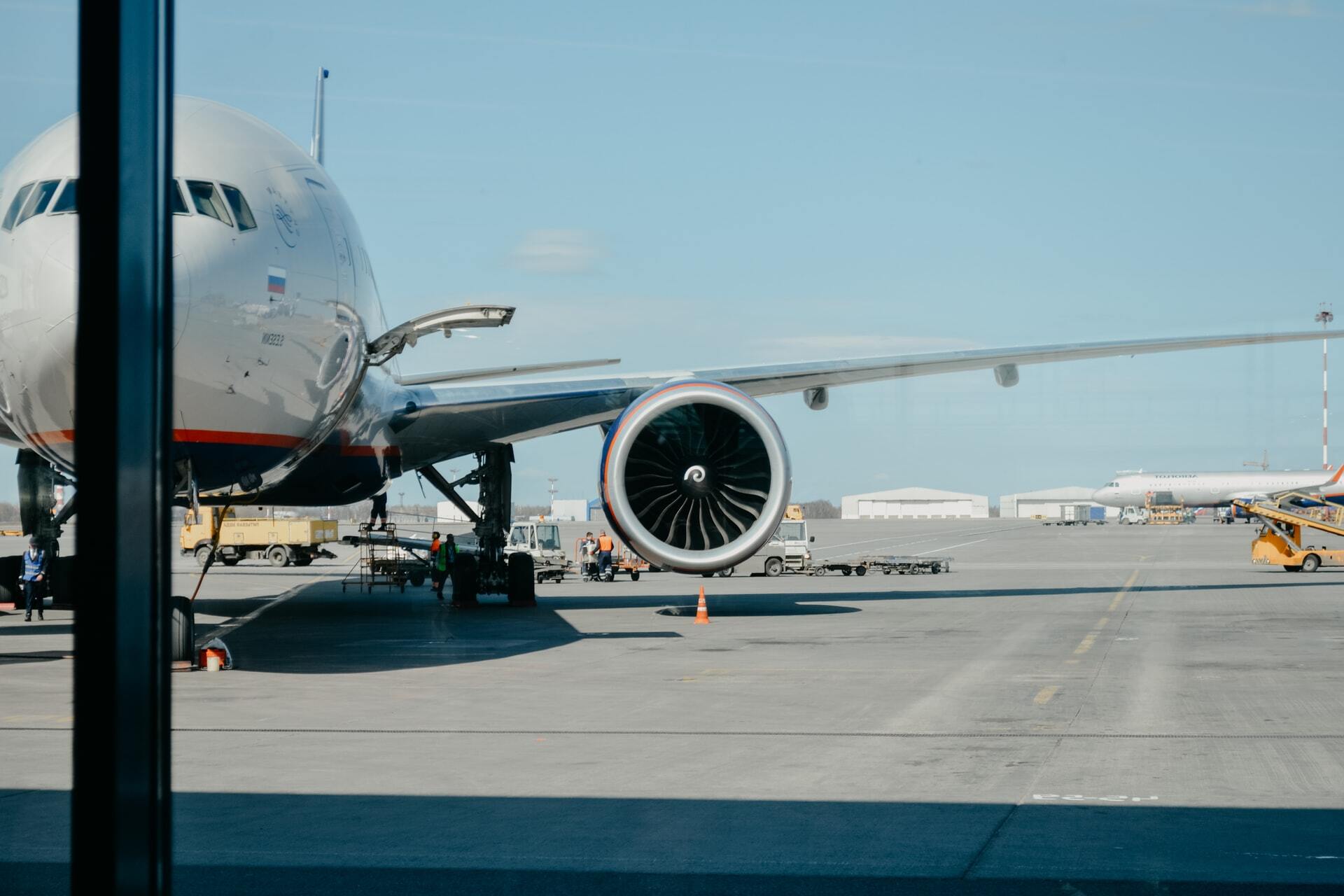
How does air transport impact our daily lives? Air transport plays a crucial role in connecting people, goods, and cultures across the globe. Imagine fresh fruits from tropical countries on your breakfast table or a quick business trip across continents. Air transport makes it all possible. It supports tourism, boosts economies, and even provides critical aid during emergencies. From job creation to fostering international trade, the benefits are vast. Air travel also influences technological advancements, pushing the boundaries of innovation. Whether it's a family vacation or a vital medical supply delivery, air transport is an invisible thread weaving our world closer together.
Key Takeaways:
- Air transport has evolved from a 23-minute flight in 1914 to the introduction of the Boeing 747, revolutionizing long-haul travel and making it more accessible.
- Technological advancements, sustainability efforts, and the economic impact of air transport have shaped the industry, making it safer, more efficient, and vital to global connectivity.
The Evolution of Air Transport
Air transport has come a long way since the Wright brothers' first flight. Let's dive into some fascinating facts about how this sector has evolved over the years.
-
The first commercial flight took place on January 1, 1914, from St. Petersburg, Florida, to Tampa, Florida. It lasted 23 minutes and carried one passenger.
-
The Boeing 747, introduced in 1970, revolutionized air travel by making long-haul flights more affordable and accessible. It could carry over 400 passengers.
-
Concorde, the supersonic passenger jet, could fly from New York to London in under 3.5 hours. It began service in 1976 but was retired in 2003.
Technological Advancements in Air Transport
Technology has played a crucial role in transforming air transport. Here are some key advancements that have shaped the industry.
-
The introduction of jet engines in the 1950s significantly increased the speed and efficiency of airplanes, reducing travel time across continents.
-
Modern aircraft use advanced materials like carbon fiber composites, which are lighter and stronger than traditional materials, improving fuel efficiency.
-
Fly-by-wire technology, which replaces manual flight controls with electronic systems, enhances safety and allows for more precise control of the aircraft.
Environmental Impact and Sustainability
The air transport sector is increasingly focusing on sustainability and reducing its environmental footprint. Here are some facts about these efforts.
-
Airlines are investing in more fuel-efficient aircraft, such as the Boeing 787 Dreamliner and the Airbus A350, which consume 20-30% less fuel than older models.
-
Sustainable aviation fuels (SAFs) made from renewable resources like algae and waste oils can reduce carbon emissions by up to 80% compared to traditional jet fuel.
-
Airports are implementing green initiatives, such as using solar power, recycling programs, and electric ground support equipment, to minimize their environmental impact.
Economic and Social Impact of Air Transport
Air transport plays a vital role in the global economy and society. Here are some facts highlighting its significance.
-
The air transport industry supports over 65 million jobs worldwide, including those in airlines, airports, and related industries.
-
Air cargo accounts for less than 1% of global trade by volume but over 35% by value, highlighting its importance for high-value and time-sensitive goods.
-
Air travel has made the world more connected, enabling people to explore new cultures, visit distant relatives, and conduct international business more easily.
Safety and Security in Air Transport
Safety and security are paramount in the air transport sector. Here are some key facts about the measures in place to ensure passenger safety.
-
Air travel is one of the safest modes of transportation, with a fatal accident rate of just 0.07 per million flights in 2020.
-
Advanced security screening technologies, such as body scanners and biometric identification, help detect potential threats and ensure passenger safety.
-
The International Air Transport Association (IATA) and the International Civil Aviation Organization (ICAO) set global standards and regulations to maintain high safety and security levels in the industry.
The Sky's the Limit
Air transport has revolutionized how we connect with the world. From the Wright brothers' first flight to today's massive airliners, aviation has come a long way. Airports are now bustling hubs, handling millions of passengers and tons of cargo daily. Safety remains a top priority, with continuous advancements in technology and protocols. The environmental impact of aviation is a growing concern, pushing the industry towards more sustainable practices. Economic contributions from air transport are immense, supporting jobs and boosting global trade. Innovation in this sector never stops, with electric planes and supersonic jets on the horizon. Understanding these facts gives us a clearer picture of how vital air transport is to our modern world. So next time you board a plane, remember the incredible journey aviation has taken to get us here.
Frequently Asked Questions
Was this page helpful?
Our commitment to delivering trustworthy and engaging content is at the heart of what we do. Each fact on our site is contributed by real users like you, bringing a wealth of diverse insights and information. To ensure the highest standards of accuracy and reliability, our dedicated editors meticulously review each submission. This process guarantees that the facts we share are not only fascinating but also credible. Trust in our commitment to quality and authenticity as you explore and learn with us.


